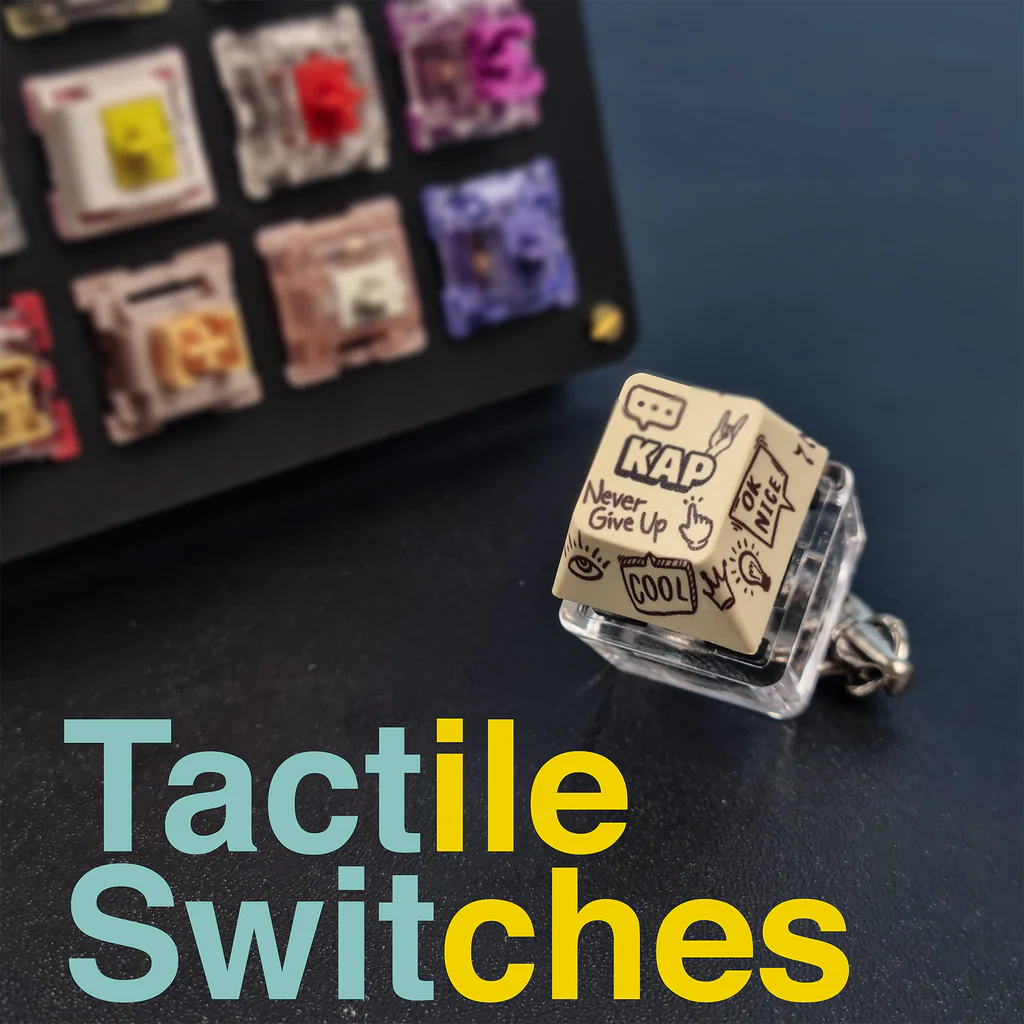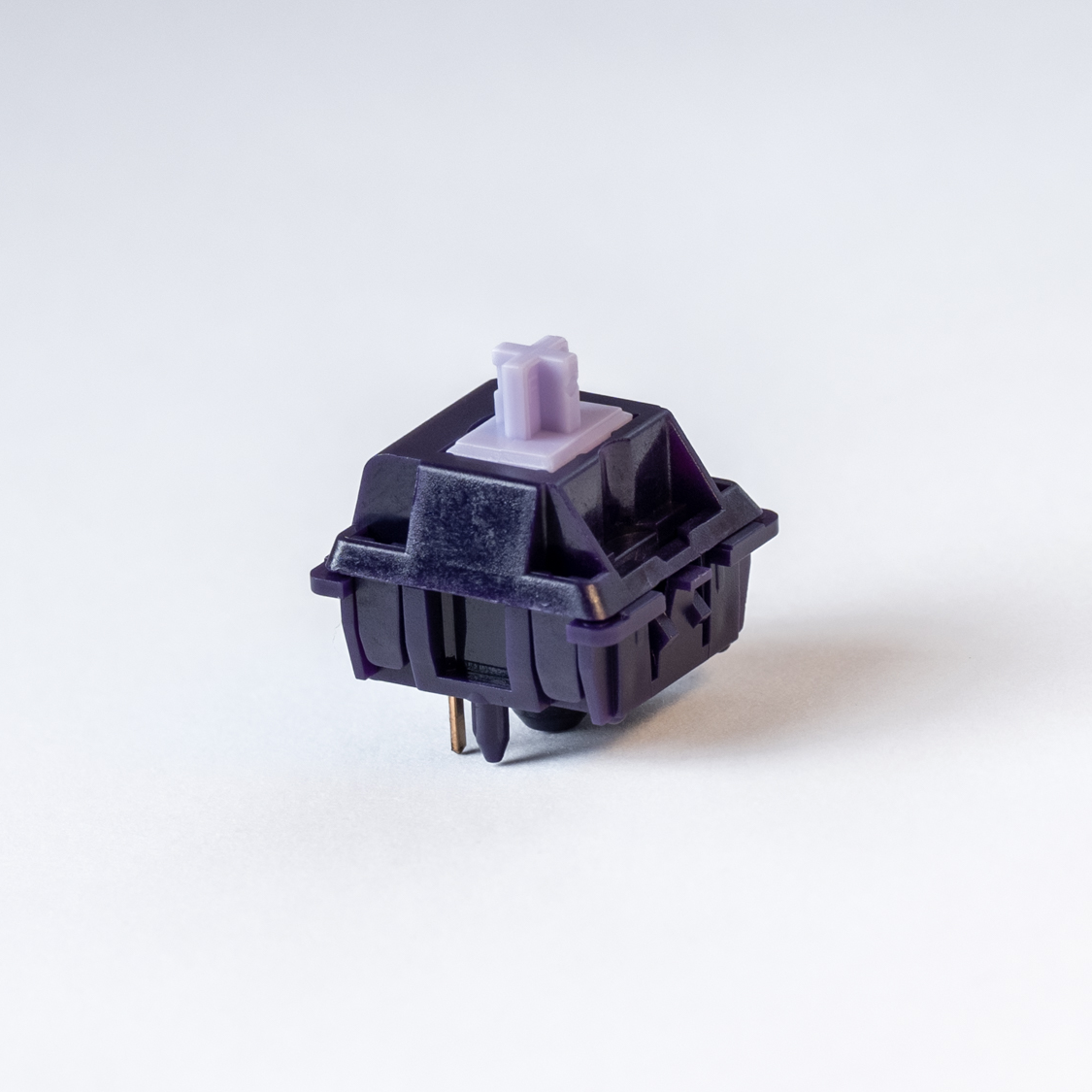Custom keyboards with tactile switches provide a noticeable bump.
The Importance of Tactile Changes in Producing Reputable Customer Interfaces
Tactile buttons, integral components in different digital devices, use apparent comments via a physical sensation upon actuation. This clear reaction is crucial in environments where visual or auditory hints want, ensuring customers confidently engage with interfaces without second-guessing their inputs. As innovation penetrates even more facets of day-to-day live, understanding the refined yet considerable effect of these activate individual communication comes to be crucial. Their role in enhancing user experience invites additional exploration into their widespread applications and potential developments.
Understanding Tactile Feedback: The Essentials of Tactile Changes
Tactile switches, necessary elements in numerous digital gadgets, offer immediate physical comments when triggered. These switches feature a system that individuals can feel and listen to at the factor of get in touch with, confirming an activity has actually been initiated. Commonly discovered in keyboards, remote controls, and commercial controls, responsive switches are favored for their sharp, crisp action which improves the assurance of input commands.
The building and construction of a tactile button includes a dome-shaped rubber or steel that collapses and after that recoils upon release, finishing an electrical circuit. This activity creates an obvious click. The distinct responsive and audible comments is crucial for hectic settings like gaming or in scenarios requiring exact data entrance, where customers benefit greatly from immediate physical verification of their inputs.

Effectiveness in style additionally allows these switches to be long lasting, typically enduring countless cycles without efficiency destruction, making them reliable components in both consumer electronics and high-demand commercial applications. - tactile switches
The Role of Tactile Switches in Enhancing Individual Experience

Moreover, responsive switches add to a much more intuitive individual experience. They can be created with varying degrees of actuation force and unique tactile accounts, enabling modification that suits details individual needs and choices. This versatility not just makes devices extra user-friendly yet also boosts contentment by satisfying private communication designs. Consequently, users frequently report higher levels of comfort and minimized exhaustion, especially in circumstances involving prolonged use technology, underscoring the important duty of tactile switches in contemporary customer interface design.
Applications and Technologies: Tactile Switches Over Throughout Industries
Where might one encounter responsive switches outside of conventional customer electronic devices? In healthcare, responsive buttons are used in portable analysis equipment where precise responses is important for see post operation.
In the automotive sector, tactile buttons add to safer driving experiences by being included into guiding wheel controls and control panel interfaces. This enables motorists to operate audio systems, GPS, and various other in-car performances without looking away from the roadway.
Similarly, in industrial setups, these switches are crucial for equipment controls where drivers depend on clear tactile responses to validate effective activation or deactivation of equipment, therefore preventing functional errors and improving safety and security in environments that usually include high-stakes procedures. These examples highlight just how tactile buttons facilitate dependability and performance across varied industries.
Verdict
